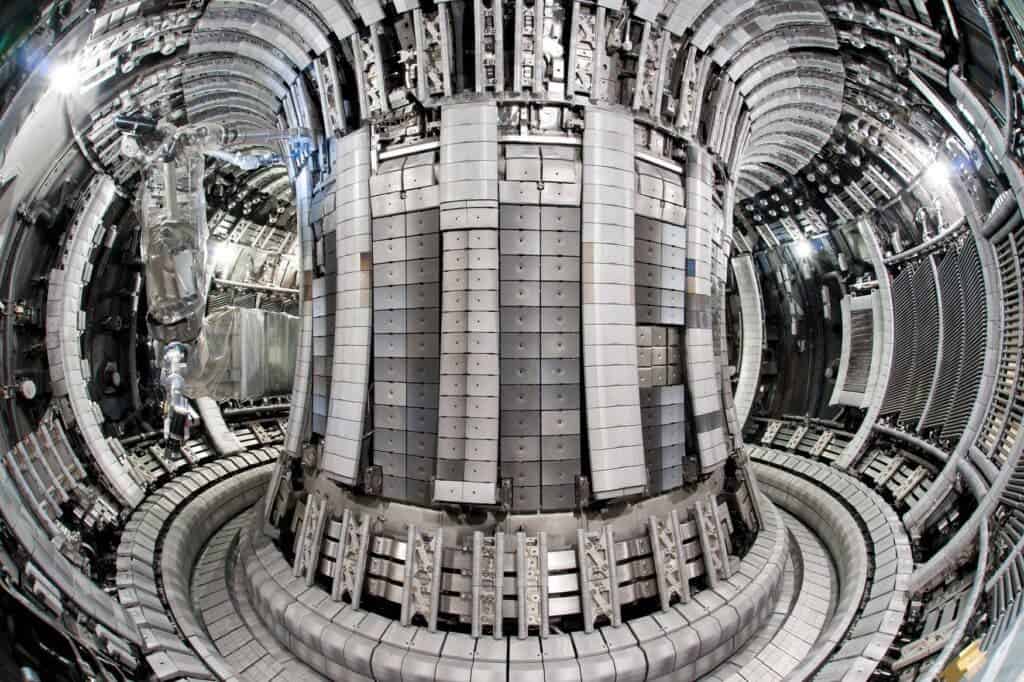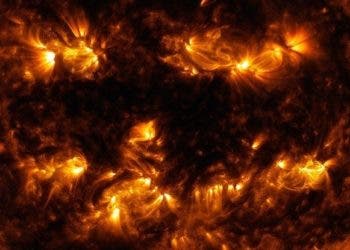The possibility of developing practical nuclear fusion, the energy process that powers the stars, is now a step closer to reality. UK scientists at the Joint European Torus (JET) have reached a new record on the amount of energy released in a sustained fusion reaction, generating 59 megajoules of heat – equivalent to about 14 kilograms of TNT. This more than doubles the previous record of 21.7 megajoules achieved in 1997 at the same research facility.

While it’s still not a lot of energy, enough to boil 60 kettles of water, the achievement is widely being described as a “major milestone” on the path to eventually make fusion a viable and sustainable low-carbon energy source.
“These landmark results have taken us a huge step closer to conquering one of the biggest scientific and engineering challenges of them all,” Ian Chapman, head of the UK Atomic Energy Authority, said in a statement. “It’s clear we must make significant changes to address the effects of climate change, and fusion offers so much potential.”
A major source of energy
Fusion occurs in the heart of starts and grants the energy that powers the universe. It’s the process through which two light atom nuclei combine to form a single heavier one, releasing bursts of energy as a consequence. It’s the opposite of nuclear fission, used in nuclear power stations, in which a large nucleus splits apart to form smaller ones.
The benefits of fusion power make it a very attractive option, especially in the context of climate change and diminishing limited fossil fuel supplies. It produces no carbon emissions, with its only by-products being small amounts of helium, an inert gas that could also be useful. It’s also very efficient, less radioactive than fission, and saf — as the amount of fuel used in fusion devices is very small.
The JET laboratory in central England uses a machine called tokamak for its studies. It’s the largest of its type in the world. Inside the machine, a small amount of fuel containing tritium and deuterium (isotopes of hydrogen) is heated to create plasma. This is kept in place using magnets as it spins around, fuses, and releases energy.
Experiments at the lab have focused on whether fusion is feasible with a fuel based on deuterium and tritium, which seems to be the case based on the latest results. This is good news for Iter, a massive fusion project being built in France by a coalition of several governments. It will still take some time, though: if all goes well, Iter should start burning fuel by 2035.
Countries have been working closely on fusion energy for years as, unlike nuclear fission used in the existing atomic power plants, the technology doesn’t produce radioactive material that can be then used for weapons. China, the EU, the US, India, Japan, and Russia have so far been involved in the mega project of Iter in France.
If researchers manage to carry out nuclear fusion, it promises to supply a near-limitless source of clean energy. But so far no experiment has created more energy out than it puts in. The new results at JET don’t change that, but they indicate that a fusion reacts project that uses the same tech and fuel mix, Iter, could eventually achieve that goal.






